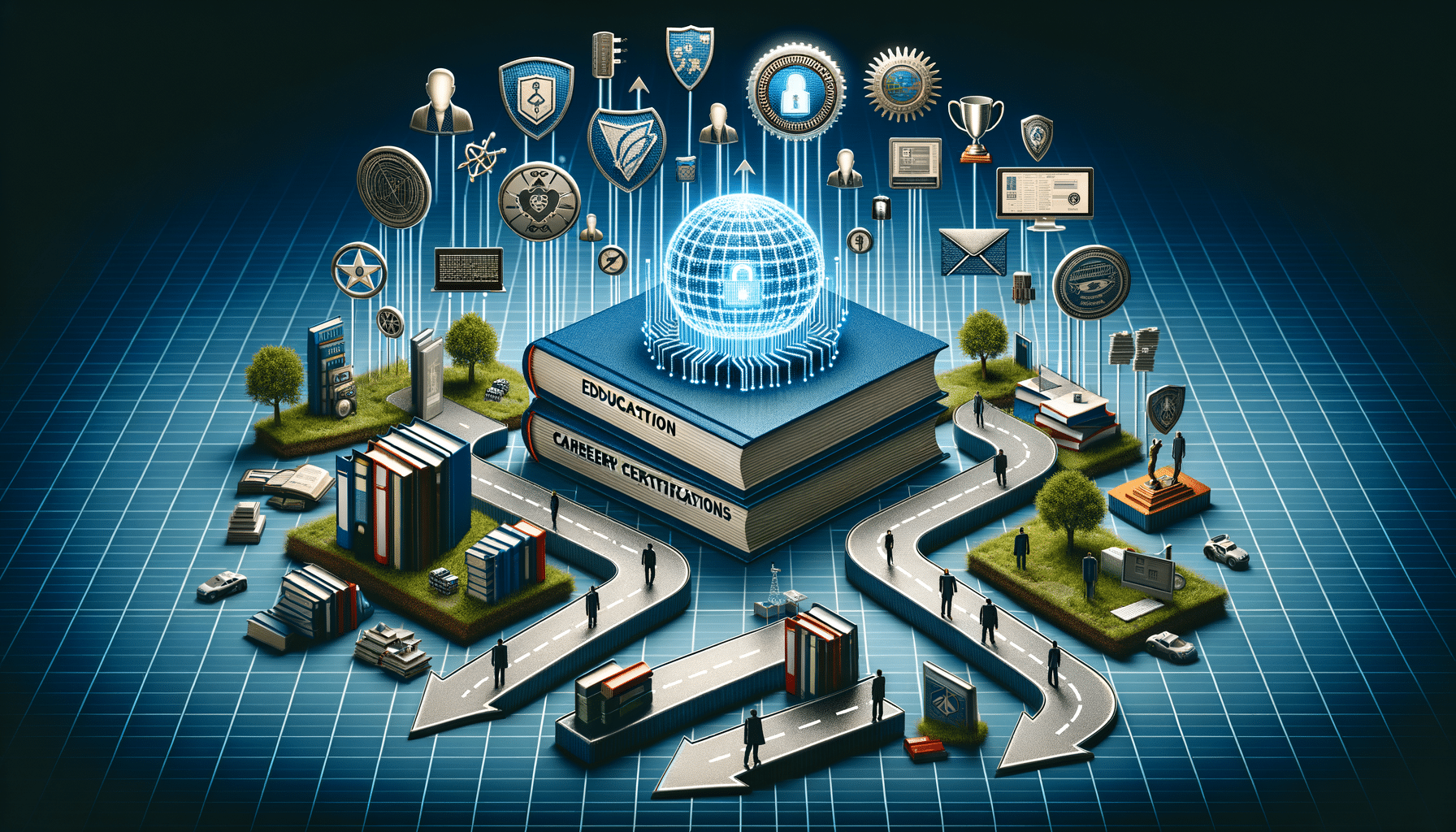
Finding the Ideal Internet Plan for Your Specific Needs
Understanding Internet Packages
In today’s digital age, choosing the right internet package can feel like navigating a labyrinth. With numerous providers offering a variety of plans, each with its own set of features, it can be overwhelming to find the one that suits your needs. Internet packages vary widely in terms of speed, data limits, and pricing, making it crucial to understand what each plan offers. Generally, internet packages can be categorized into three main types: DSL, cable, and fiber optic. DSL is often the most affordable option, providing sufficient speed for basic browsing and streaming. Cable internet offers faster speeds, making it suitable for households with multiple users. Fiber optic is renowned for its exceptional speed and reliability, ideal for heavy internet users or those who work from home.
When evaluating internet packages, consider the following factors:
- Speed: Determine the speed you need based on your internet usage. Basic browsing requires minimal speed, while streaming and gaming demand higher speeds.
- Data Caps: Some plans have data limits. If you stream or download large files frequently, opt for a plan with higher or unlimited data.
- Cost: Balance your budget with the features you need. Sometimes, paying a little extra can provide significantly better service.
Understanding these elements will help you make an informed decision, ensuring you choose a package that meets your needs without overspending.
Determining Optimal Internet Speed
Optimal internet speed is a crucial factor in selecting the right plan. It determines how efficiently you can perform online activities. The speed you need depends on various factors, including the number of devices connected and the types of activities you engage in. For instance, browsing and checking emails require minimal speed, while streaming high-definition videos and online gaming demand significantly more.
Here’s a general guideline for determining your optimal internet speed:
- Basic Use: For activities like browsing, social media, and email, speeds of 1-5 Mbps are sufficient.
- Streaming: Standard definition streaming requires around 3-4 Mbps, while high-definition streaming needs about 5-8 Mbps.
- Gaming and 4K Streaming: For a seamless experience, aim for speeds of 25 Mbps or higher.
It’s important to consider the number of users in your household, as multiple devices can slow down your connection. Additionally, if you work from home or have smart devices, you might need higher speeds to accommodate these activities. Always aim for a plan that offers a little more speed than you currently need to account for future increases in usage.
Analyzing Data Usage
Understanding your data usage is essential in selecting the right internet plan. Data usage refers to the amount of data transferred between your devices and the internet, encompassing everything from browsing to streaming and downloading. Most internet service providers offer plans with varying data caps, which can impact your monthly bill if exceeded.
To analyze your data usage, consider these points:
- Streaming: Streaming video is one of the largest data consumers. For example, streaming an hour of standard definition video uses about 1 GB, while high-definition can consume up to 3 GB per hour.
- Gaming: Online gaming generally uses 40-300 MB per hour, but downloading games can require several gigabytes.
- Browsing and Social Media: These activities use minimal data, typically around 1 GB per month for light users.
By understanding your data consumption patterns, you can choose a plan that aligns with your usage, avoiding overage fees and ensuring a smooth online experience. Many providers offer tools to monitor your data usage, helping you stay within your limits. If you find yourself consistently exceeding your data cap, it might be time to consider a plan with a higher limit or unlimited data.


